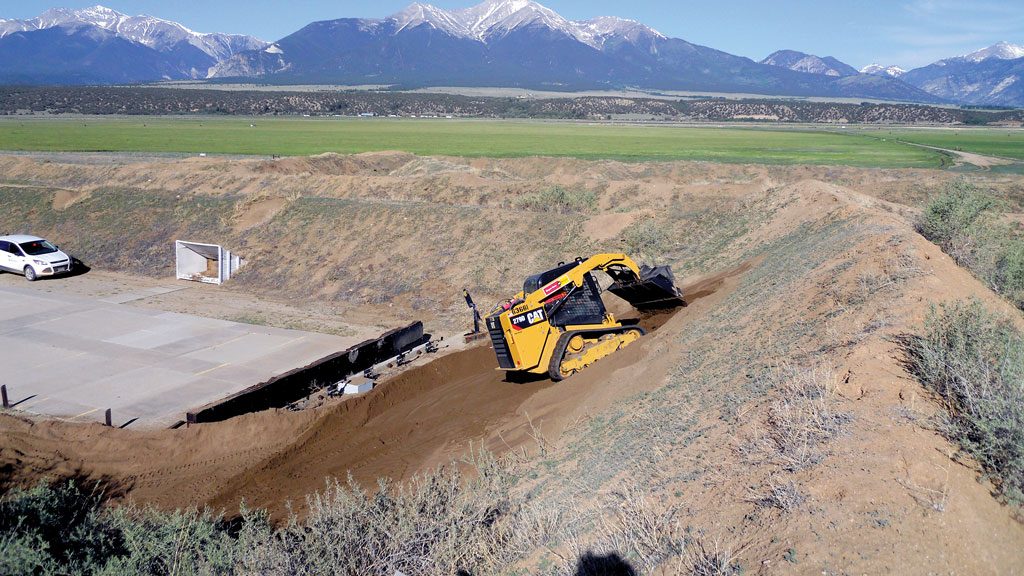The Developing a Contaminated/Greenfield Site session on Feb. 13 is a two-speaker session, that, say the presenters, will be of interest to property owners, developers and the architects and development managers who are working with such sites.
Speakers Kevin Wong and Jamie Slogan, both with Keystone Environmental in Burnaby, B.C. say their one-hour presentation will proceed in two parts.
Part One will be an overview of contaminated site development. Wong and Slogan will discuss the challenges of developing an environmentally hazardous site, including how to deal with the associated regulations and requirements, as well as the solutions that are available.
Part Two will deal with the ins and outs of developing a greenfield site. The presenters will discuss such topics that are relevant to greenfield development as setbacks from water courses, environmental impact assessments, species at risk and habitat assessment.
Wong is the department head of Keystone’s contaminated sites team. He has over 12 years of experience and provides senior-level expertise and project management for the performance of detailed site investigations, remediation planning and design, human health and ecological risk assessments and acquisition due diligence assessment.
He also helps clients negotiate with local and provincial regulators and approving agencies.
Wong has been involved in such investigative and remediation projects as field supervision (for example, underground storage tank removals, remedial excavations and the installation of barrier wall remediation systems); the collection and selection of soil and groundwater samples for laboratory analysis; and the interpretation of data and analytical results.
“A developer who hasn’t previously developed a contaminated site will probably have little or no knowledge of what needs to be done to remediate it in order to satisfy provincial regulations,” said Wong. “Encountering unexpected contamination can lead to delays which can last from one to six months, depending on the stage of the development.”
Slogan manages a small group of biologists at Keystone who provide solutions to a wide variety of environmental problems. He has 17 years of experience and training as a senior marine, fisheries and vegetation ecologist, including 12 years as an environmental consultant.
In addition to Vancouver, Slogan has worked throughout B.C., Yukon, the Northwest Territories, Nunavut, Alberta, Saskatchewan and Manitoba.
He has led environmental assessments and habitat restoration projects for government, port, mining, transportation and infrastructure development projects.
“When developing a greenfield site, a developer can encounter federal, provincial and municipal environmental regulations,” said Slogan. “The main ones are the federal Fisheries Act, the provincial Water Sustainability Act and the provincial Riparian Areas Regulations.”
On top of that, he says, individual municipalities may have their own versions of these regulations.
“Dealing with these regulations can be very complex,” said Slogan. “There can be plenty of uncertainty, with intensive consultation required to increase certainty and to acquire the necessary permits.”
Wong and Slogan’s employer, Keystone, has positioned itself as a strong advocate for the development industry.
“Utilizing our environmental regulatory expertise and our knowledge and working relationships with senior B.C. [Ministry of Environment and Climate Change] managers and directors, we will challenge the regulatory position and work towards the best interest of our clients.”
Keystone has worked with the development industry for over 30 years.
“During the property acquisition stage, we are routinely involved in conducting Phase I/Stage I preliminary site investigations, and, where warranted Phase II/Stage II site investigations.
“Our Phase I investigations are prepared…to reduce potential exposure to liability associated with contaminated sites, [and] to assist in obtaining mortgage and project financing. Where contamination is present, our preliminary investigations are designed to enable assessment of potential clean-up costs.”
Keystone has also helped clients negotiate with vendors on liability and cost-sharing agreements on site remediation programs.
The company says its work complements other aspects of the development approval process.
As a member of the development project team, it coordinates the environmental with the overall development approvals process so that critical project elements are not delayed.











Recent Comments